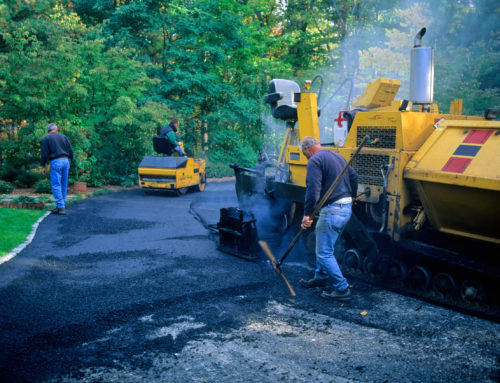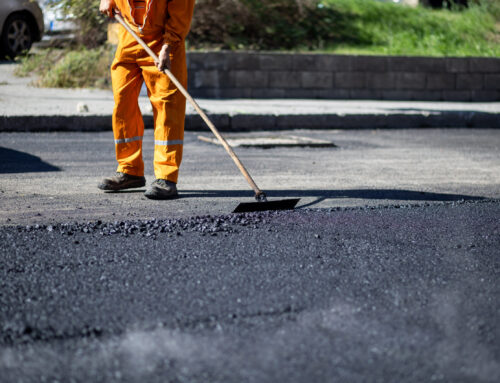Welcome back to Seal Coat month on the Sunrise Asphalt blog! We’re going over the ins and outs of seal Coats what they are, how they’re applied, their performance, and the causes of performance issues or degradation that might give customers a headache. Basically, it’s a full blown Seal Coat 101 course this month. Last time we looked at the basics of Seal Coats and the different types. This entry we’re looking at performance.
Seal Coat performance is determined from the very start by the condition of the asphalt sealed. If the pavement has been designed or maintained poorly, it is more likely to experience problems or perceived problems. If during the curing process the temperatures dip into freezing, the Seal Coat bonds will shatter from the bottom layer. If the asphalt is not properly cleaned before hand, dirt and grease will prevent the sealer from bonding correctly. In this way, the preparation of the surface to be sealed is just as important as the sealing itself.
On occasion after Seal Coating has been performed, it may look like the pavement has been cracked by the job itself. This is not the case. The pavement was likely previously damaged, but the sight of it was obscured by the oxidization of the surface. Sealer brings out all those imperfections, but it does not cause them. Other such cases can be streaks in the sealer, often white or tan that looks like it is coming apart. In fact, this has to do with poor drainage.
All of this is important to keep in mind for this reason: Seal Coats are not a repair product. Seal Coats do not undo the damage already done to the pavement, and so that expectation will lead to being very negative issues with the performance that follows. A Seal Coat can only perform as well as the pavement has been maintained or built.




